India’s Ministry of New and Renewable Energy (MNRE) today notified the guidelines for implementing its production-linked incentive (PLI) scheme, which aims to achieve gigawatt-scale manufacturing of high-efficiency solar modules.
The scheme, which provides an INR4,500-crore outlay over a five-year period, has been approved by the president of India and will be implemented by the MNRE through the Indian Renewable Energy Development Agency (IREDA).
IREDA will have the right to inspect the manufacturing units and offices of applicants and can call upon the National Institute of Solar Energy for help determining the efficiency and temperature co-efficients of modules manufactured by applicants for the incentive. If required, the MNRE can designate National Accreditation Board for Testing and Calibration Laboratories-accredited labs for measurements.
Selection criteria
Beneficiaries of the PLI scheme will be selected through a bidding process after applicants are shortlisted based on parameters such as their proposed manufacturing capacity and module performance, and the extent to which operations would be integrated by manufacturing different elements of the module supply chain, from polysilicon down to finished panels.
Shortlisted applicants will lodge bids based on the level of PLI funding they will require for five years after their planned factories are commissioned.
Preference will be given to fully-integrated manufacturing plans, whether based on silicon, thin-film or a rival technology. The production of cells, as well as modules, is the minimum scale of integration required to be shortlisted, and a minimum annual production capacity of 1 GW for each step of the supply chain is also necessary.
The modules to be produced must offer a minimum efficiency of 19.5% with a Pmax temperature coefficient of better than -0.3% per degree Celsius, or a minimum module efficiency of 20% with a Pmax temperature coefficient equal to, or better than, -0.4% per degree Celsius.
Capacity allocation and PLI disbursement
Successful applicants to the PLI scheme will receive a maximum incentive tied to 2 GW of annual production capacity or half of the planned output of their facility, whichever is lower. That cap ensures at least three solar manufacturers can benefit from the INR4500 crore pot.
PLI cash will be paid out linked to actual production and sales of modules. If a manufacturer sells more product than the production line capacity they bid for, state backing will be limited to that latter figure.
If a successful applicant falls short of the integration-level or manufacturing capacity they bid for, no incentives will be paid until the shortfall is remedied.
The incentive will be tapered down over the five-year disbursement period, with the first year paying out the equivalent of 1.4 times an annual reference amount, the second year offering 1.2 times the base amount, the third year the standard baseline figure, the fourth 0.8 of that amount, and the final year 0.6 of that baseline annual figure.
This content is protected by copyright and may not be reused. If you want to cooperate with us and would like to reuse some of our content, please contact: editors@pv-magazine.com.
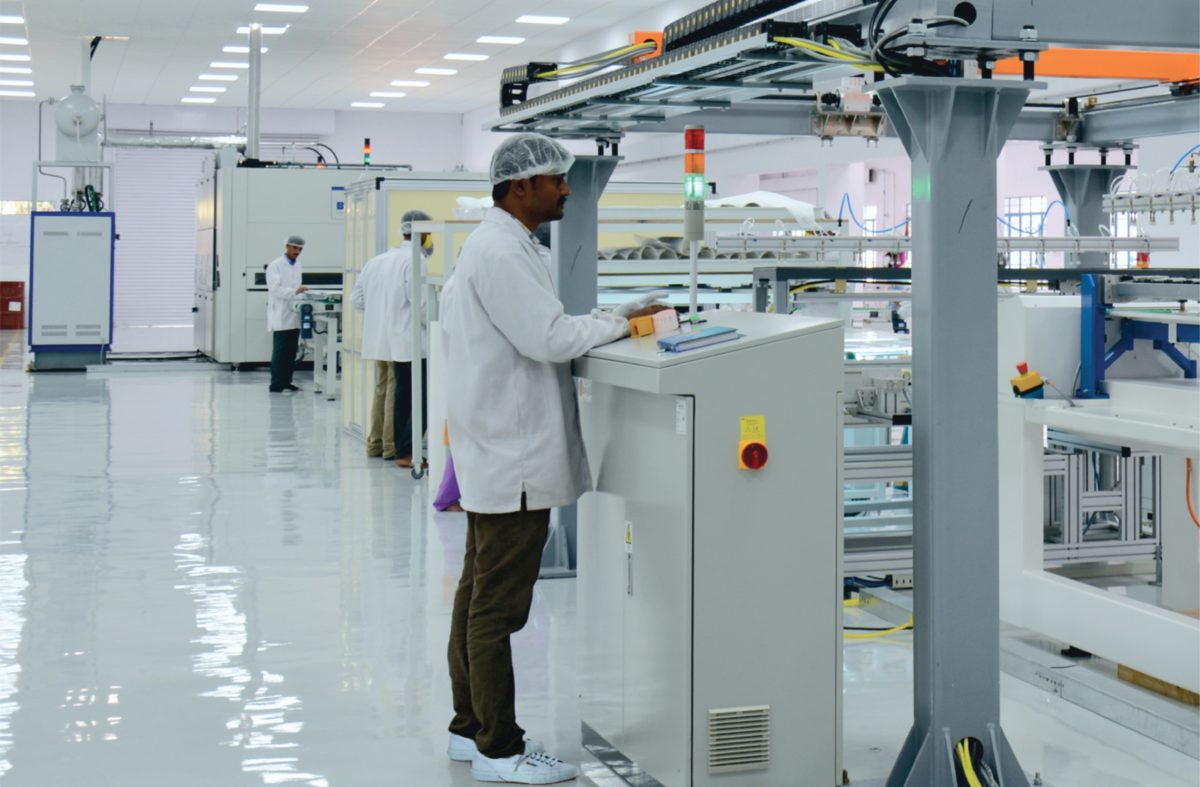



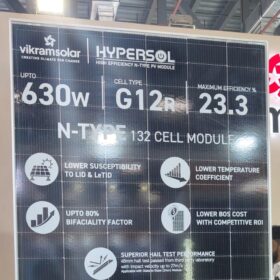
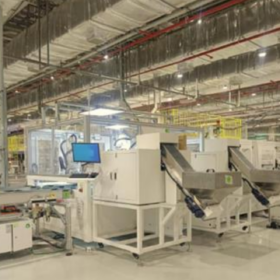
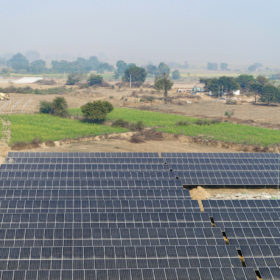

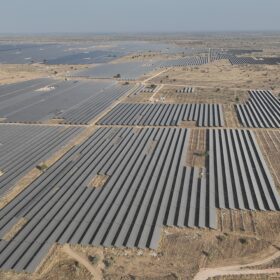
We aspire to assemble n later manufacture ” transparent solar panels glass ” based on CdTe technology . This glass will replace the glass wall cladding of the tall commercial buildings , airport buildings, metro rail stations n more in urban areas where silicon panels hv no space for installation except on the roof .
Please visit our website: http://www.solar-scape.com
Please lets know if our project can be included in this scheme